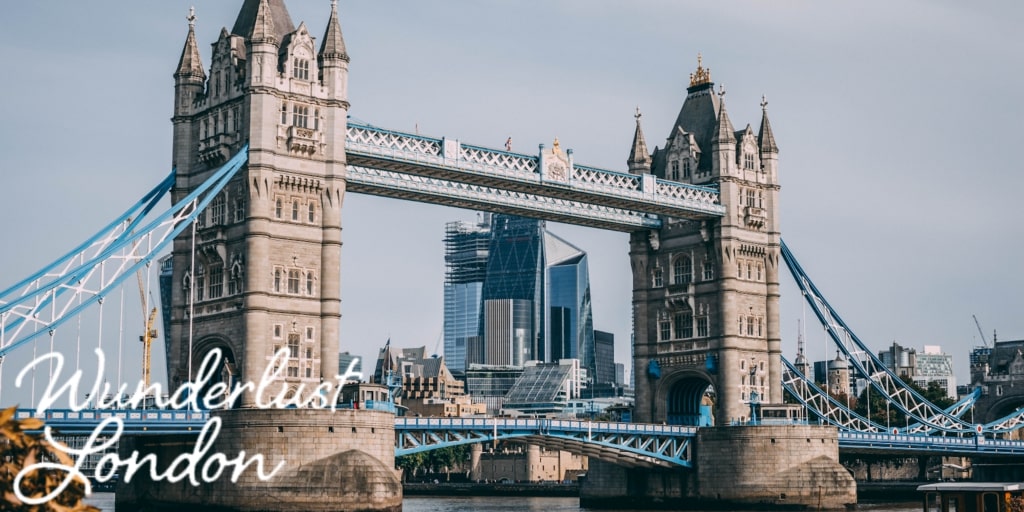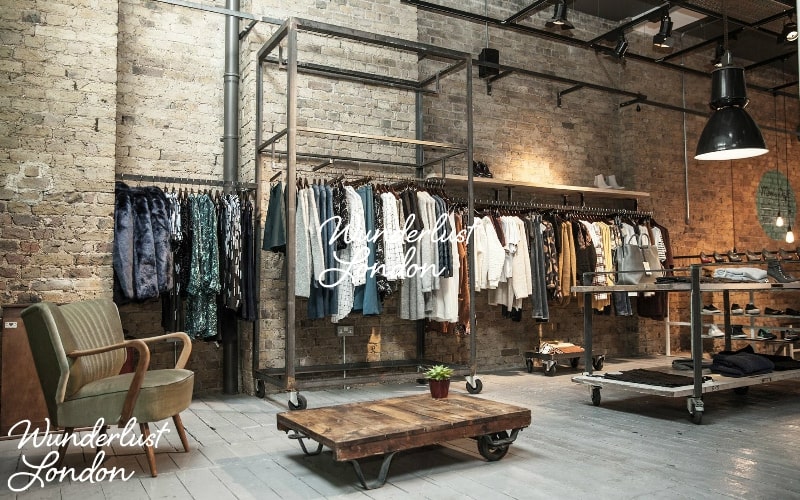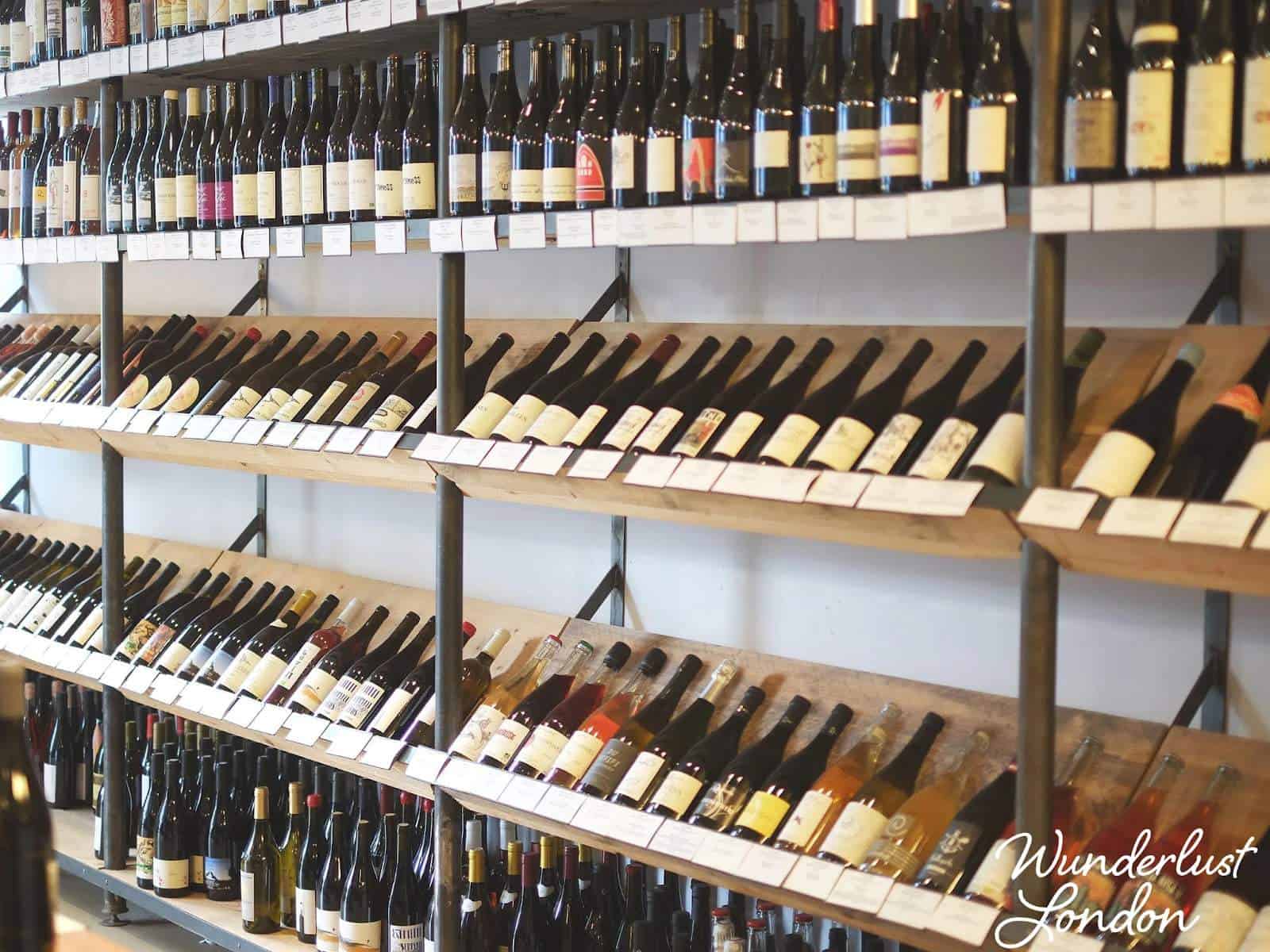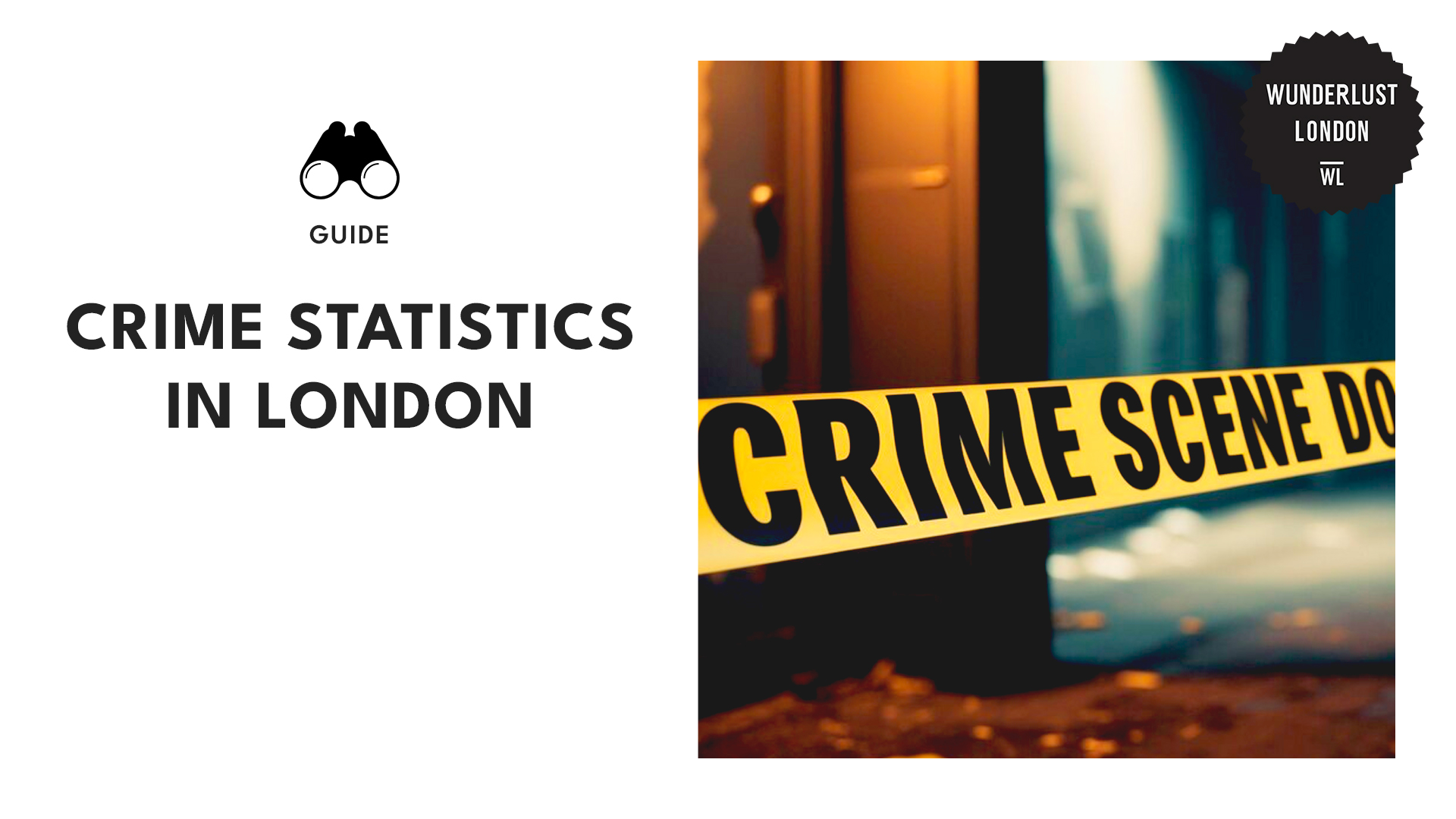London has so many interesting layers and cool facts that many people aren’t even aware of. Want to see the ones we Londoners think worth knowing? All right then: here are our top facts about the city!
1. London’s Underground has a misleading name.
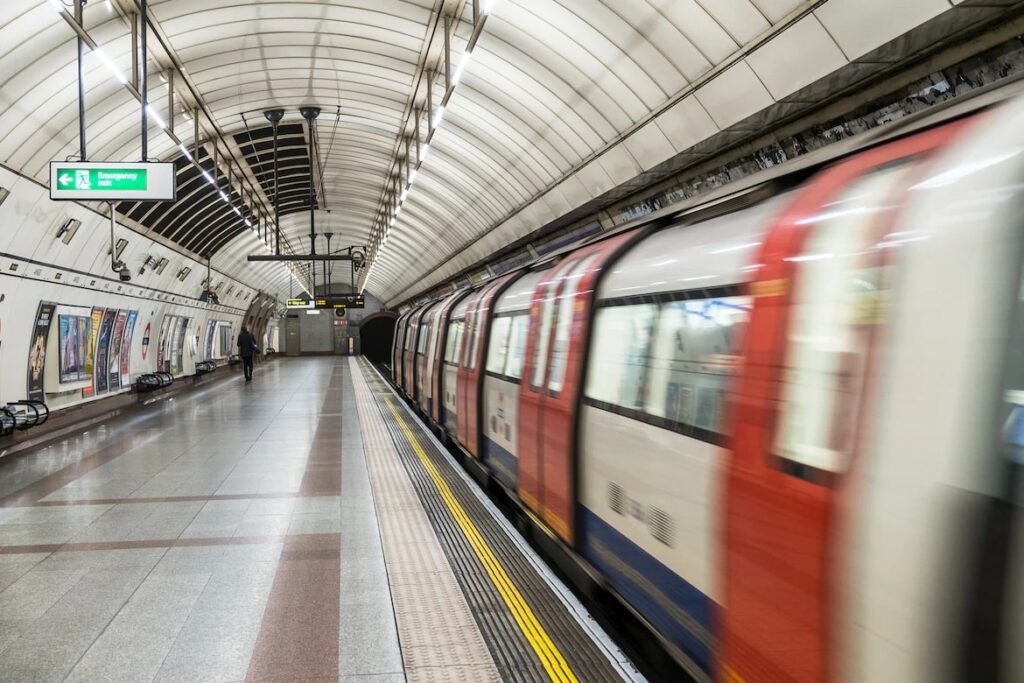
London’s Underground, which is also called “The Underground” or “The Tube”, is a rapid transit system that was originally built below the ground. However, despite its name, only 45% of the system is actually underground today!
Most of it runs on the surface of London. That’s probably why we should just call it “The Tube” from now on.
2. London City is considered the smallest city in England.
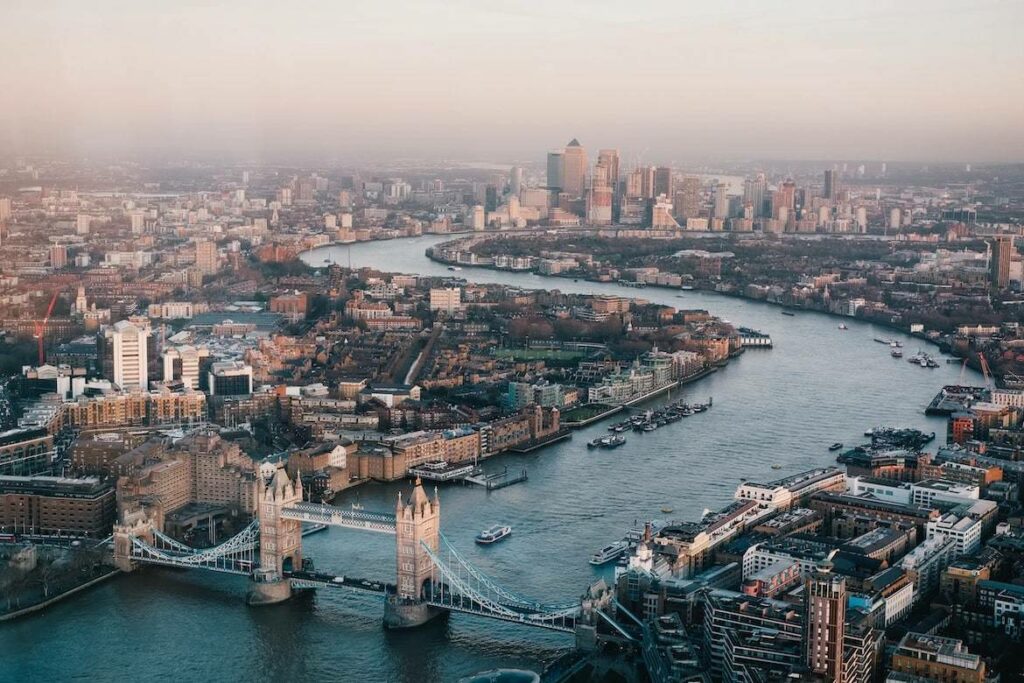
When people hear “London”, they immediately think of this megacity that houses millions of residents and covers over a thousand and a half square kilometres of area. However, this is actually called the “Greater London Region”.
The City itself, which is what the city of London is sometimes referred to, actually houses only 9,700 or so people and covers only 2.90 square kilometres in area.
3. “Big Ben” is not Big Ben.
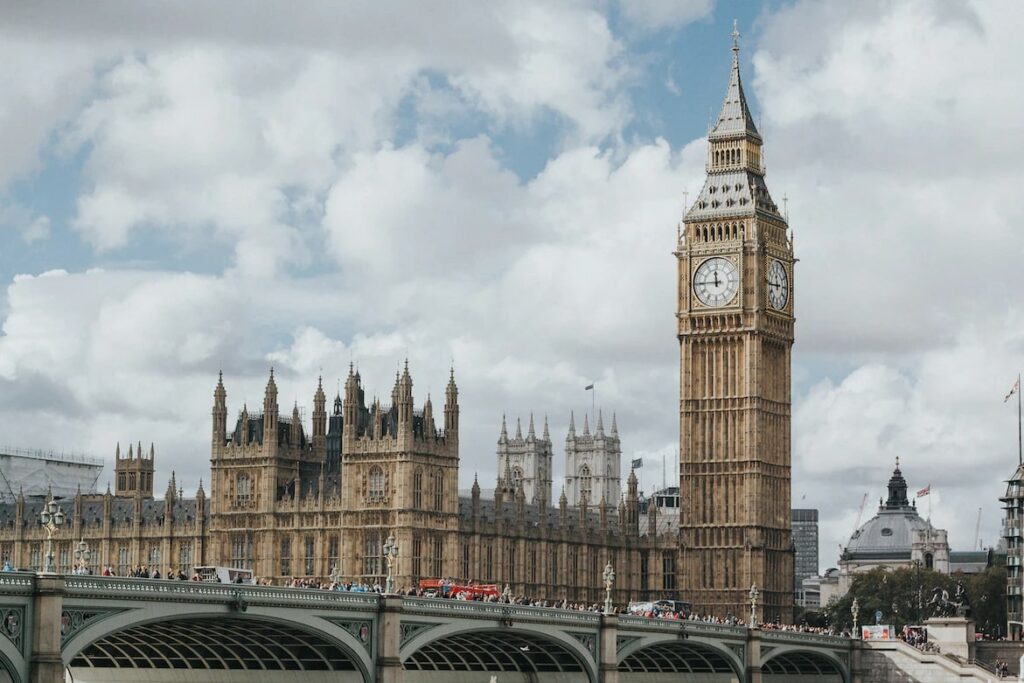
Tourists flock to Big Ben as it is the most famous landmark in London. It’s probably the most-photographed too.
However, Big Ben isn’t actually the name of the tower – which was called “The Clock Tower” for decades and was renamed “Elizabeth Tower” in 2012.
Rather, Big Ben is actually the name of the bell inside the tower, not the tower itself. And oh, in case you’re wondering, the bell is tuned to the key of E.
4. If the London Eye were unrolled, it would be more than 4 times the length of a football pitch.
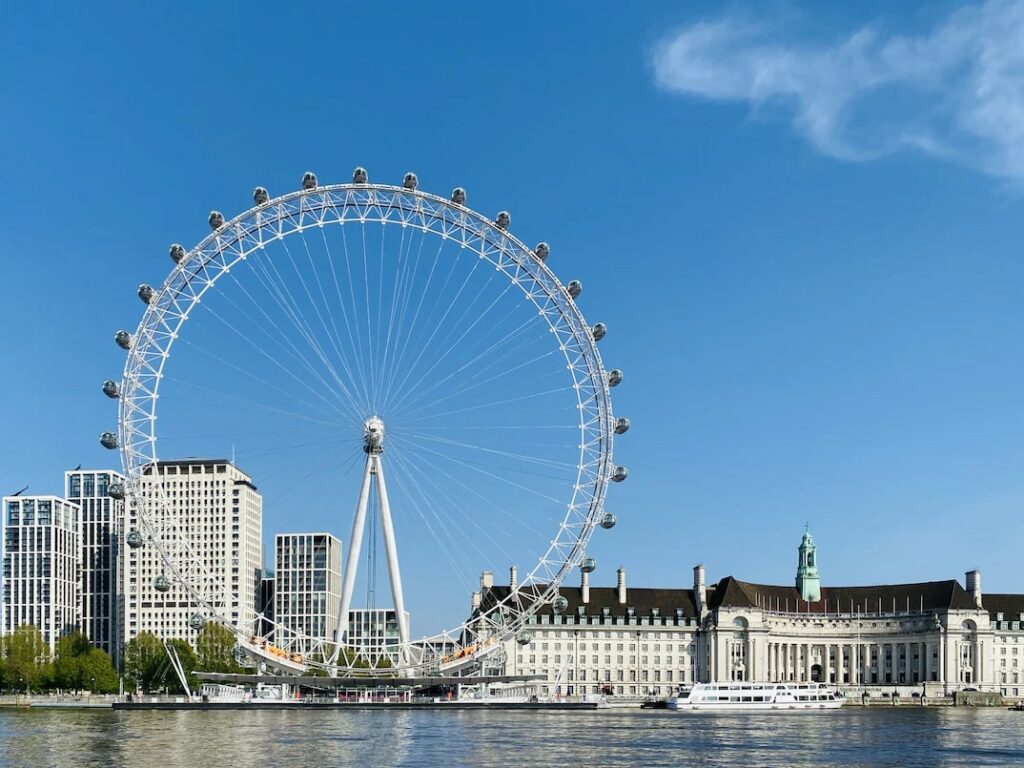
The London Eye’s diameter is measured at 135 metres while a football pitch’s length is around 105 metres. Doing a little bit of maths, multiplying by pi, dividing by the square root of the tangent of the angle… Just kidding.
According to LondonEye.com, the circumference of the London Eye is measured at 424m, which is more than 4 times the length of a football pitch.
5. The London Eye was not the first big wheel in London.
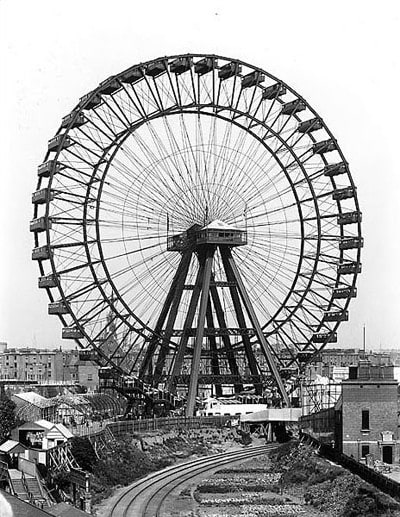
The London Eye isn’t the “First Big Wheel” in London. This title is owned by The Great Wheel, which was built in 1895 for the Empire of India Exhibition.
It was then demolished in 1907, 91 years before the construction of the London Eye.
6. The Tower of London houses six ravens vital to the Crown.
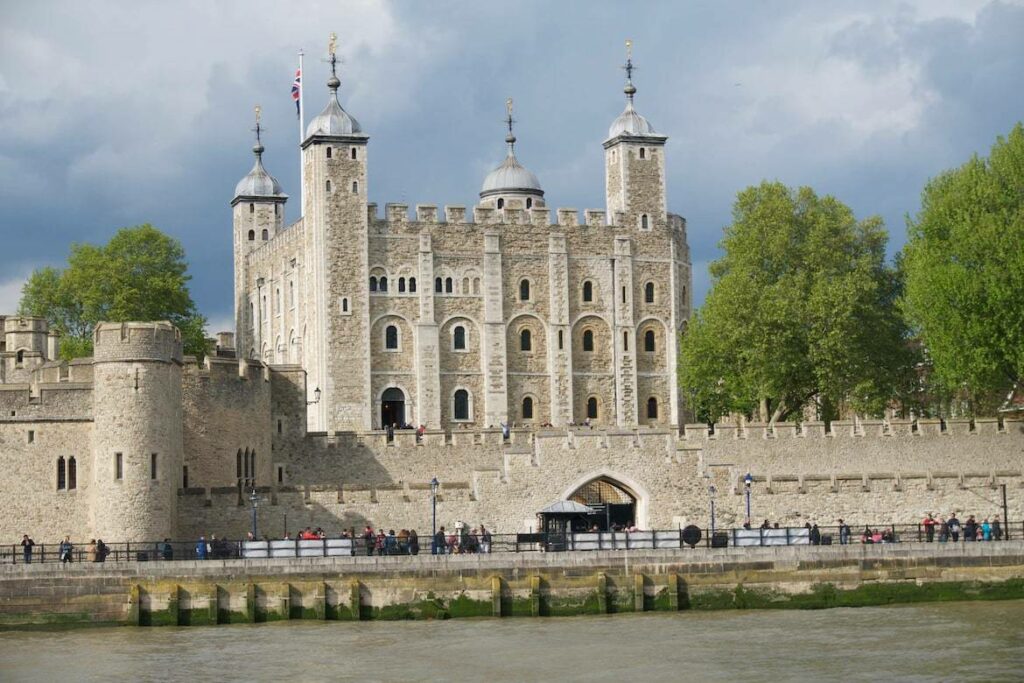
Local legend has it that King Charles II ordered his guards to get six ravens to protect the Crown and the Tower. A superstition is that if the ravens are lost or fly away, the Crown will fall, taking Britain along with it.
The Ravens (a group of at least six ravens) are tended to 365 days of the year by the Ravenmaster of the Yeomen Warders.
7. Feeding pigeons in Trafalgar Square is banned!

Feeding pigeons is quite fun, and long ago, many made a living out of selling bird seed in Trafalgar Square. However as more and more tourists tried to feed the pigeons, more and more pigeons flocked to the Square.
Thus, in 2003, Mayor of London Ken Livingstone passed a law forbidding the feeding of pigeons. Based on the law, you cannot feed feral pigeons in the perimeter of Trafalgar Square.
If found breaking the law, you will be given a fine and you may even face prosecution. So, resist the urge to cast a few crumbs at the birds in the square!
8. Over 300 languages are spoken in London.

Expats coming from all over the world contribute to a huge chunk of the population in Greater London. They communicate using their native language and practise their original traditions thereby contributing to the diversity of London.
When you go to London, you’ll most likely hear or communicate with someone using your native tongue.
9. Most people in London don’t live in London.
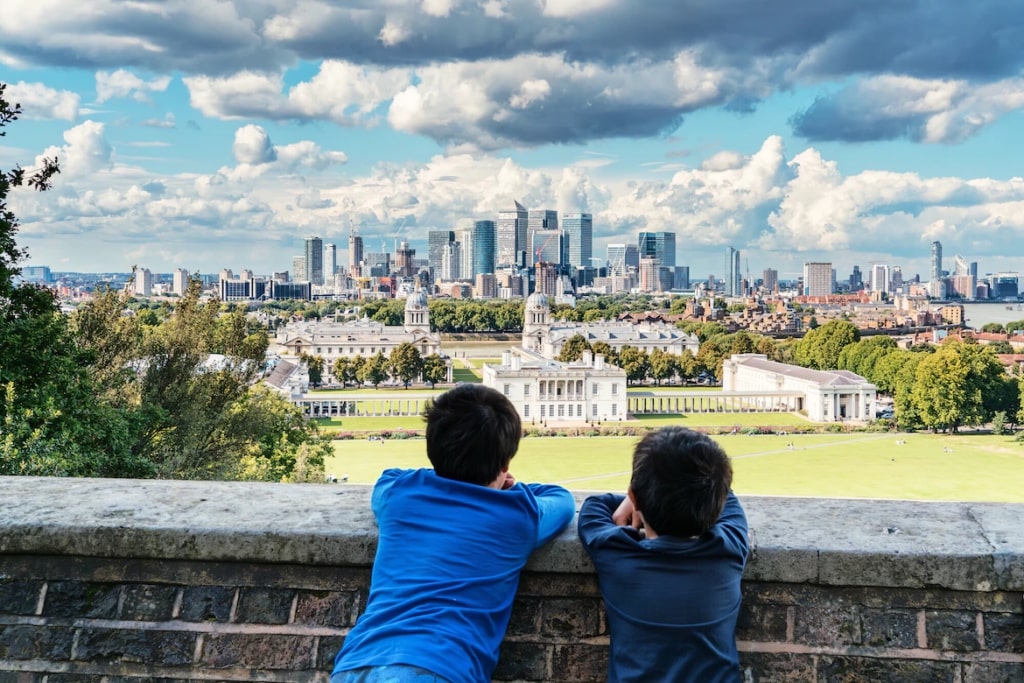
Chances are when you meet people in London, they aren’t legitimate “Londoners”. The population of Greater London is only around 8 million people.
However, tourists flock here, and the city gets about 16 million visitors annually! There are actually days during the peak season when it seems like there are more tourists than locals.
10. London isn’t really that rainy.
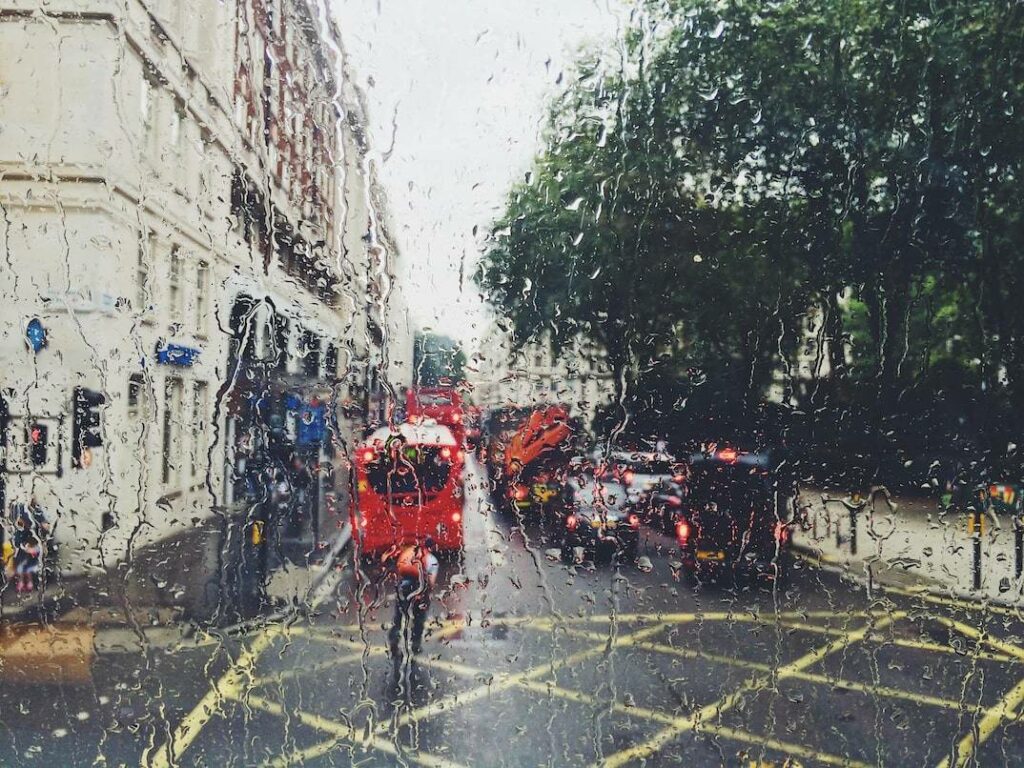
London is known for its gloomy weather and is dubbed a “rainy city”. Interestingly enough, though, London sees less rain than a lot of other cities in the world both by volume and number of rainy days.
11. London has A LOT of Indian restaurants.
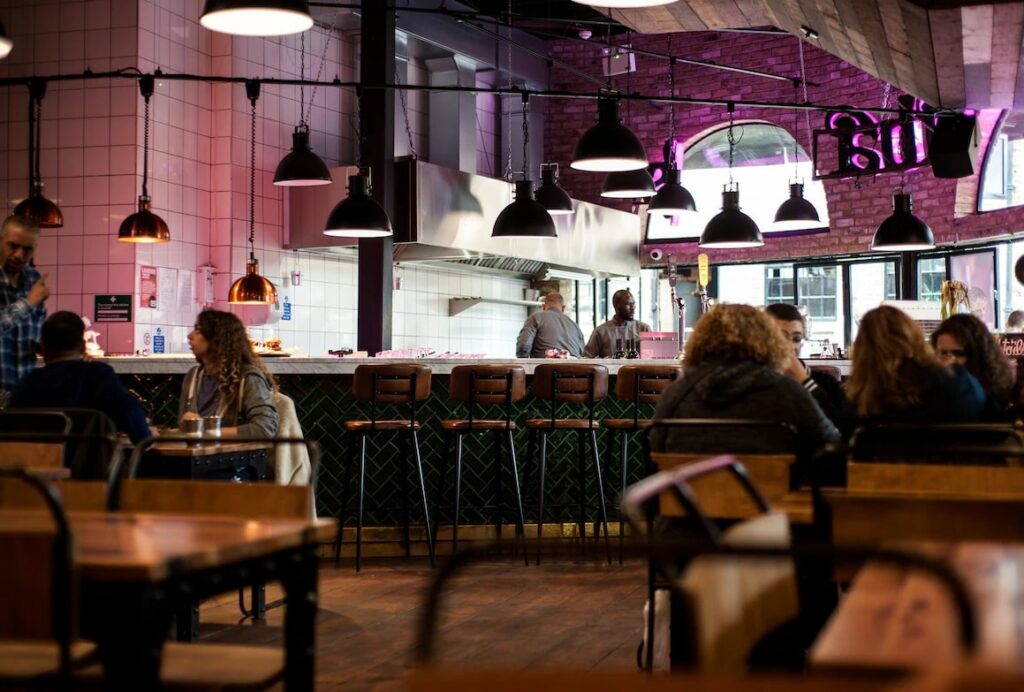
London is home to a huge number of world-class Indian restaurants. You’ll find one almost in every corner – and if you don’t believe us, try walking around for a bit to see!
12. Traffic in London is atrocious.
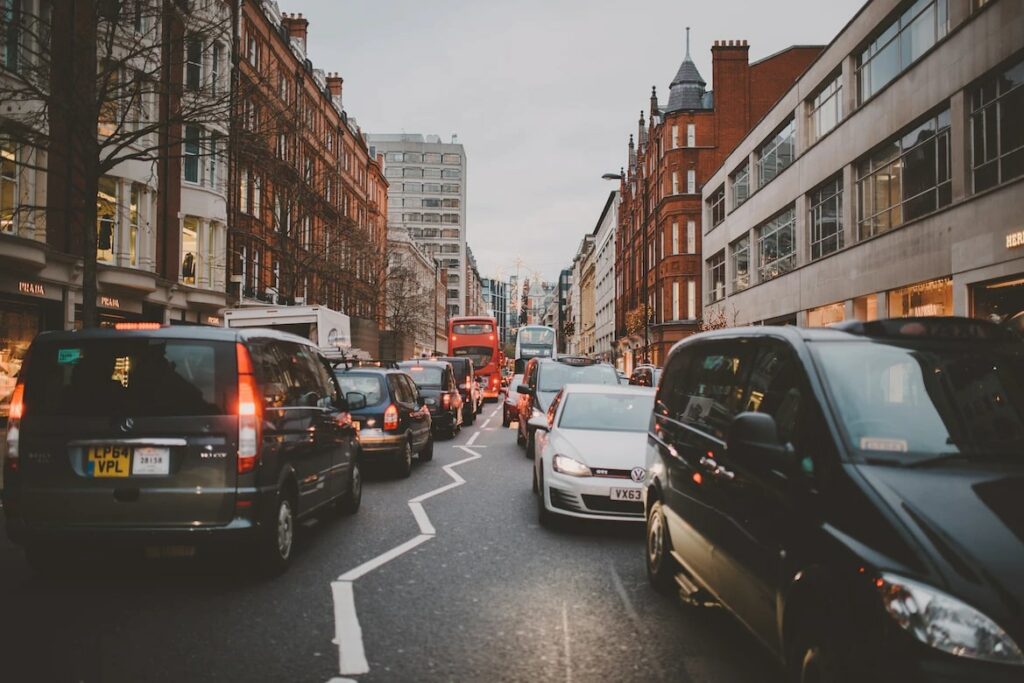
We suggest just walking when taking a trip here. If we’re observing the speed of cars here, we would see a staggering top speed of… wait for it… 12 kilometres per hour.
Yep, it’s about the same speed as a horse carriage. Tells you how little we’ve progressed despite appearances.
13. You can drive on the right side of the road in some areas.
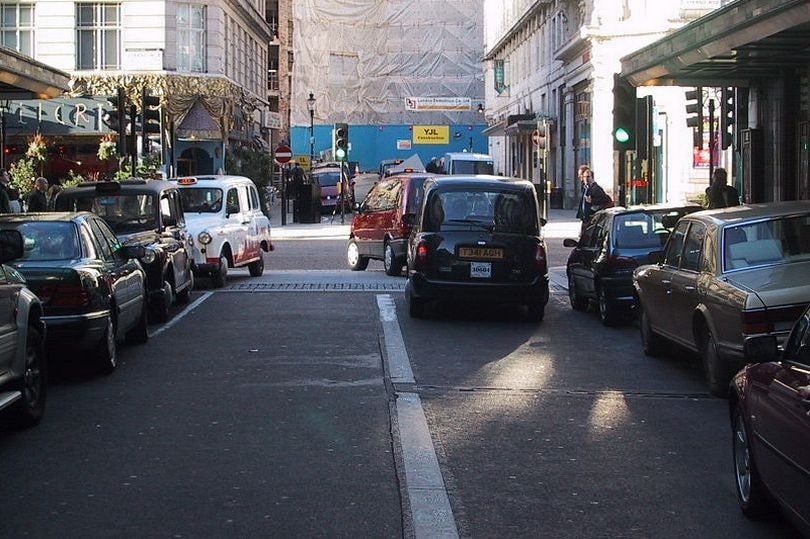
Here in the UK, we drive on the left side of the road in general. If you’re visiting Savoy Court, however, you’ll drive on the right.
This is legal since Savoy Court is private property and it only goes towards the hotel and nothing else. Therefore it does not violate British traffic regulations.
14. Black cab drivers are tested on their knowledge.
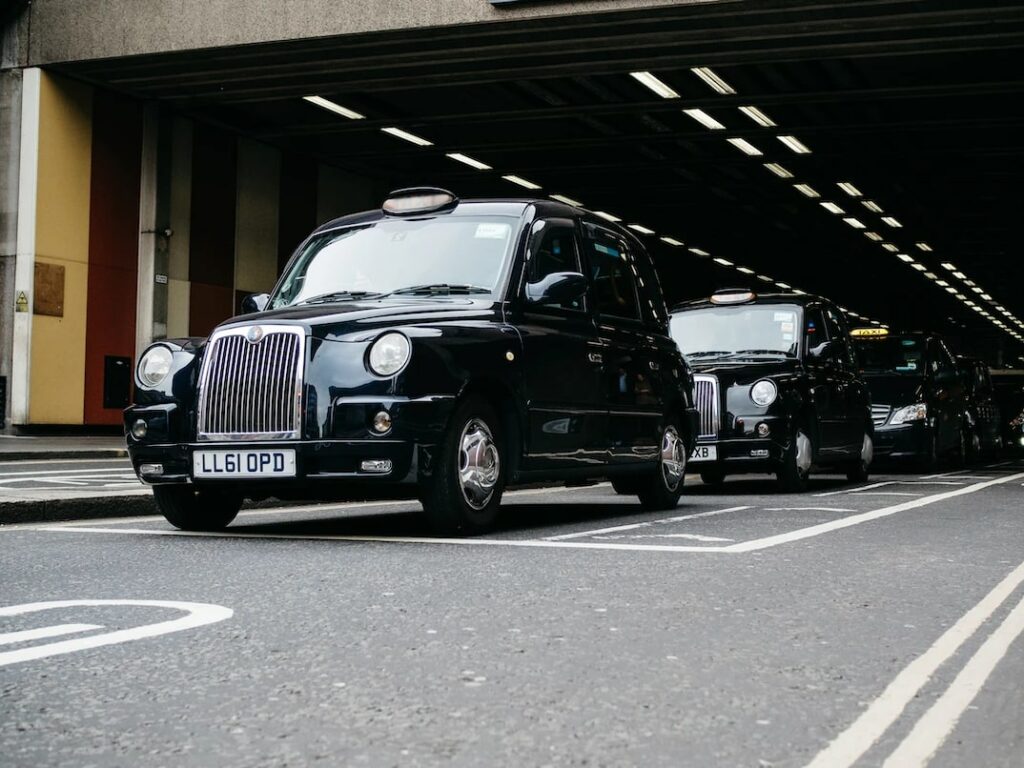
There’s a high bar to meet before one can be called a “Black Cab” driver. One must complete a rigorous test called “The Knowledge”.
This test involves memorising every street in the capital. All 25,000 streets and every business or landmark that is on them. Talk about being thorough!
15. London buses were not always red.
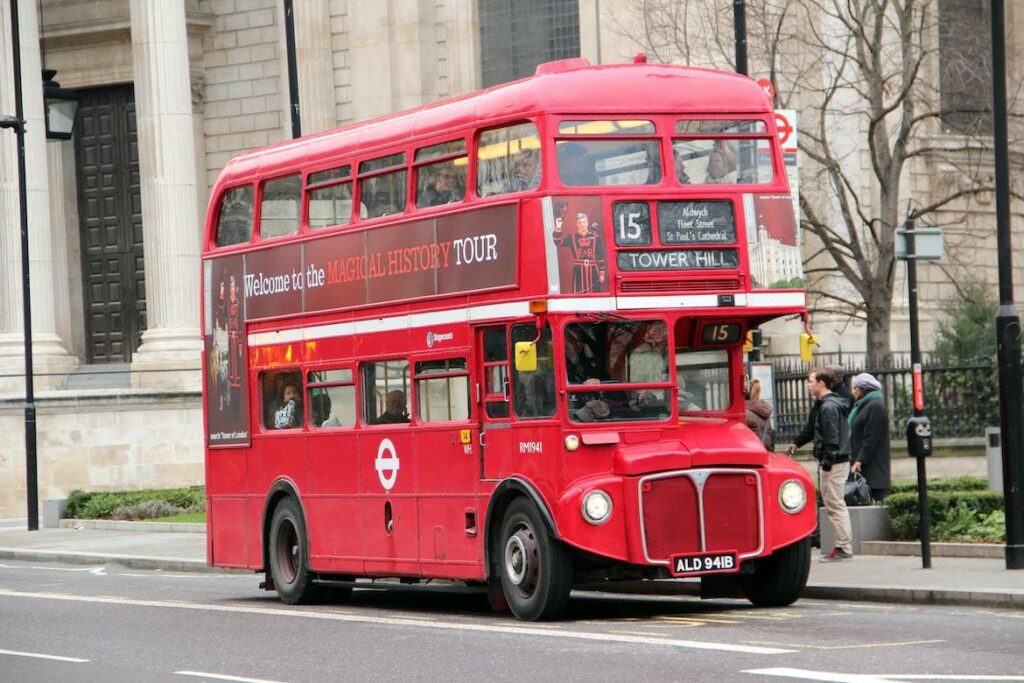
When you visit London, you’ll very likely see our famous red buses. Oddly enough, this iconic vehicle wasn’t always painted red.
Before, they had different colours depending on their route. However, in order to stick out, London General Omnibus Company decided to paint their buses red in 1907.
As you can tell, it caught on.
16. Contrary to popular belief, it’s not illegal to die in the Houses of Parliament.
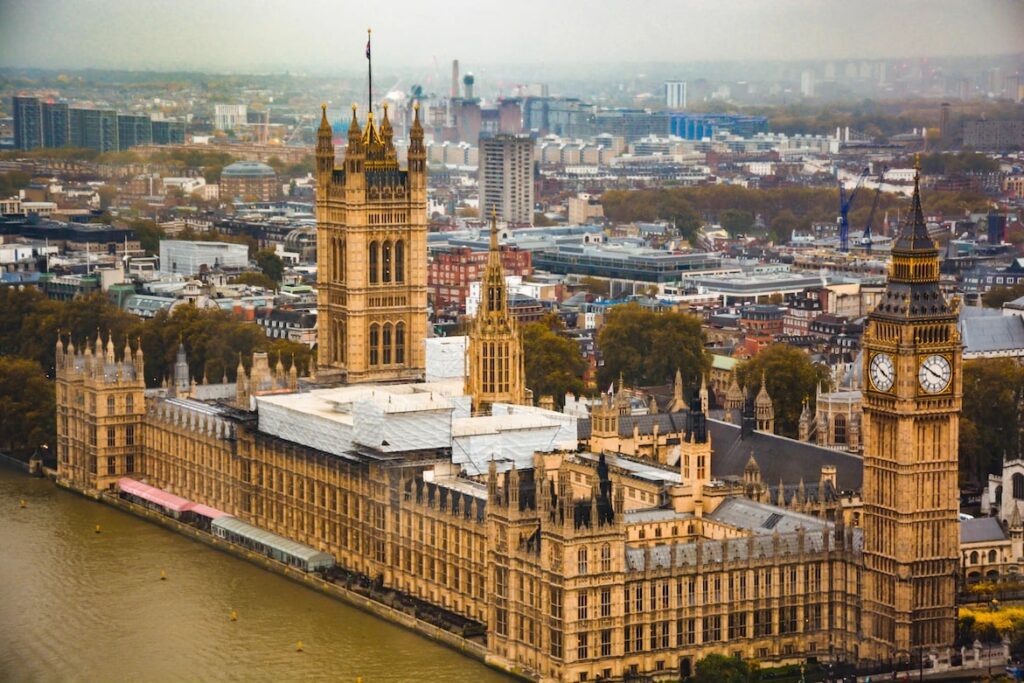
It’s a myth that it’s illegal to die in Parliament. The government said that the myth was probably due to the idea that anyone who dies in a Royal Palace is eligible for a state funeral.
This is not the case, and no one has traced any law indicating this. It is, however, still illegal to wear a suit of armour in the Houses of Parliament (in case you think that’s a myth too!).
17. The smallest statue in the world can be found in London.
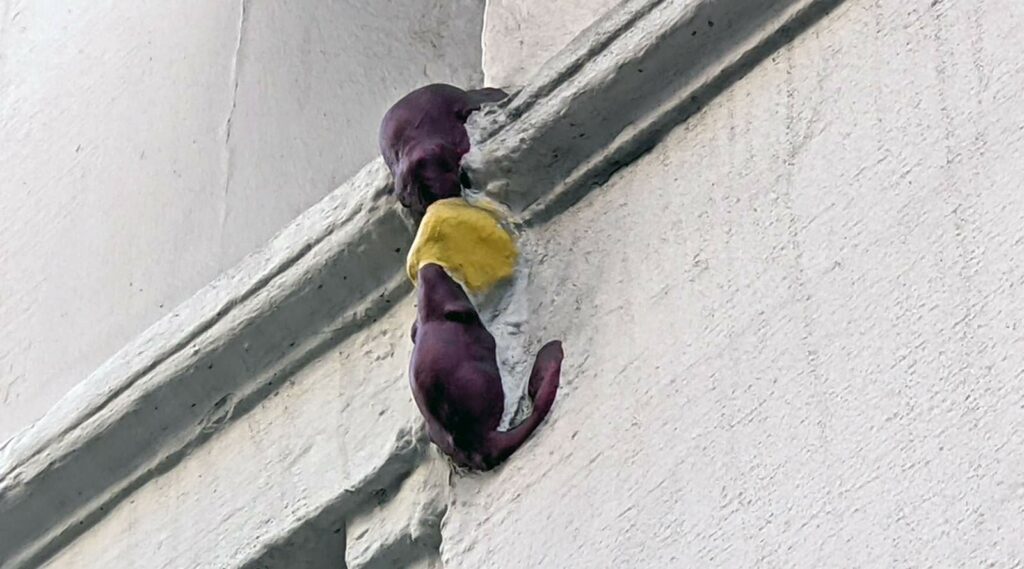
There is a statue depicting two mice eating cheese in Philpot Lane. It is considered the smallest statue in the world.
The story behind it is very interesting. The statue is dedicated to two builders who fell during the construction of The Monument after arguing over a missing sandwich.
It was later learned that mice actually ate the missing sandwich: the construction site even had an infestation of the critters. Pity the two builders didn’t notice that before effectively killing each other over a sandwich, of all things.
18. The Millennium Dome is the biggest unique structure in the world.
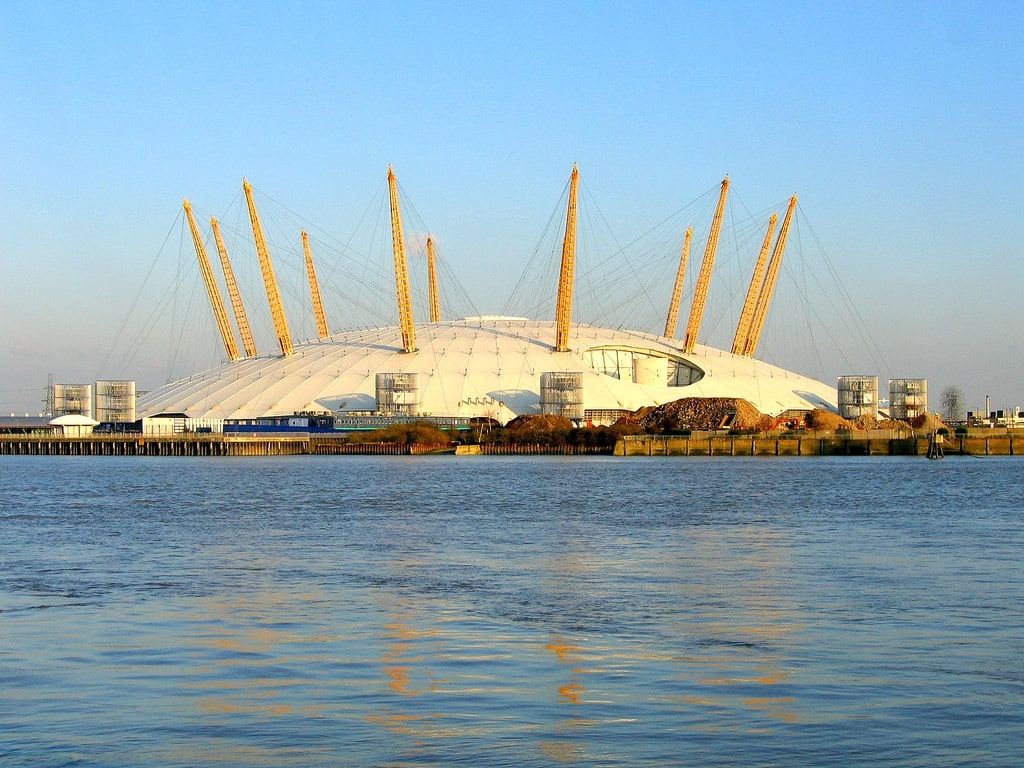
The Millenium Dome represents the role played by Greenwich Mean Time. The 12 yellow support towers represent each month or each hour of the clock face.
The circumference is 365 metres, 1 metre for each day of a regular year. The middle is 52 metres high, which is 1 metre for each week of the year.
19. The Palace of Westminster is the largest palace In the UK.
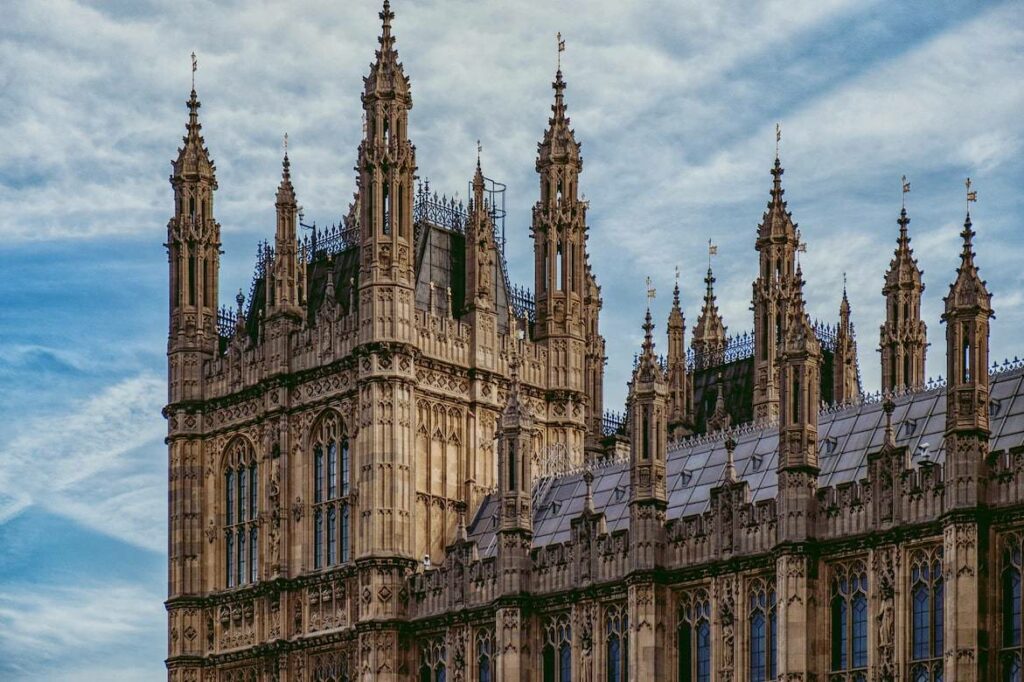
The Houses of Parliament, also known as the Palace of Westminster, is one of the biggest landmarks in London. It’s dubbed the largest palace in the country and was built in the 11th century to house the King of England.
20. The highest building in the UK is the Shard.
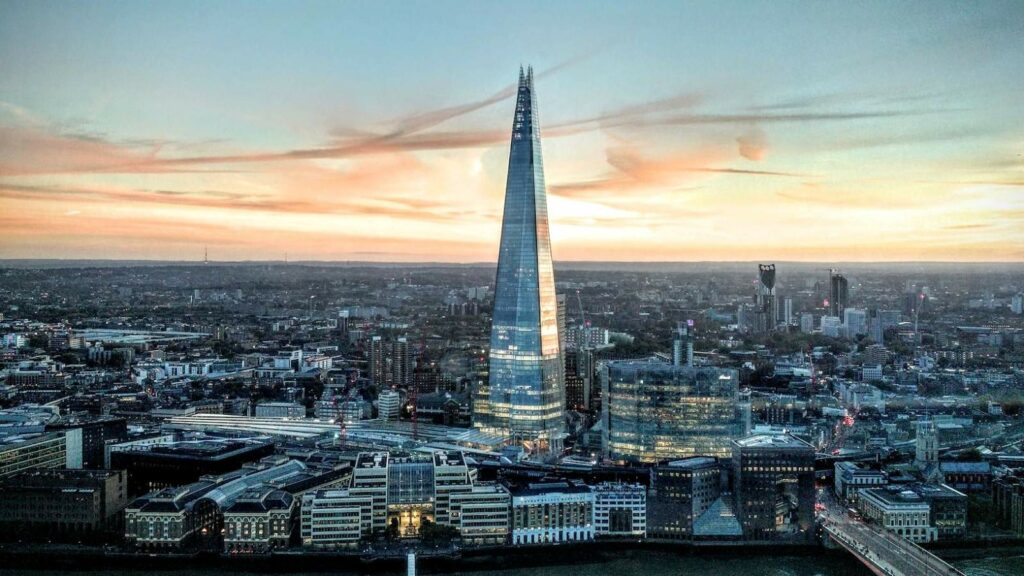
The Shard, which is also known as the Shard of Glass, Shard London Bridge, or London Bridge Tower, is a 72-storey skyscraper in London standing 309.6 metres high. It is considered the tallest building in the United Kingdom, and seventh-tallest building in Europe.
Don’t miss out on the opportunity to take a picturesque view of London from it, by the way. We highly recommend climbing the Shard for an unforgettable experience.
21. London has a lot of museums.
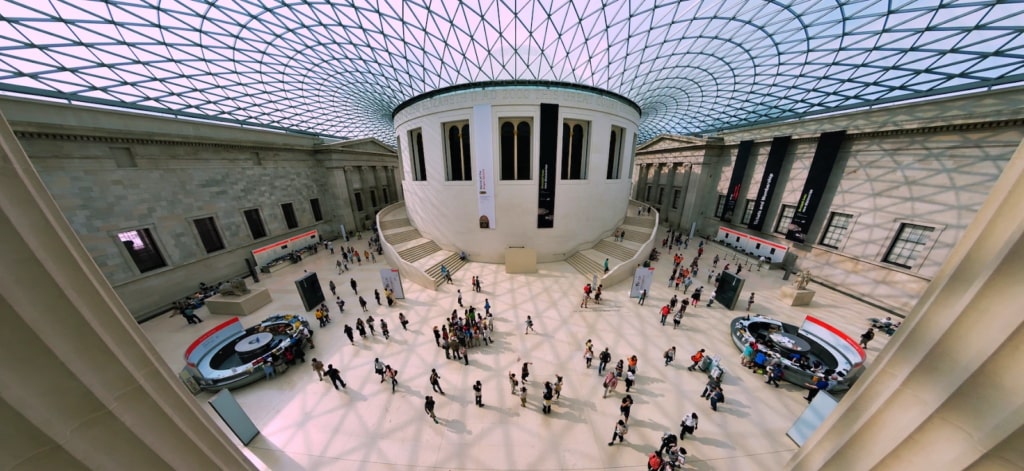
We have 170 museums in this city. Yes, you read that right – 170 museums.
These include the massive British Museum, the National Gallery, the Imperial War Museum, and even the tiny Fan Museum in Greenwich.
22. There’s a time capsule in London
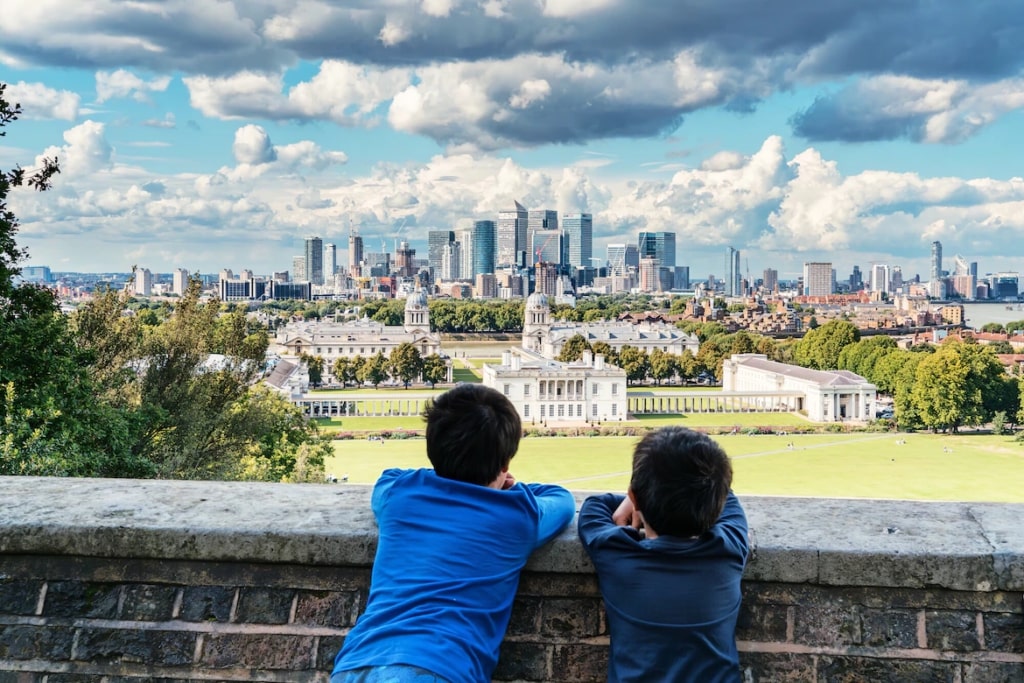
Cleopatra’s Needle is an Egyptian artefact that is on the Victoria Embankment. It was built in 1838 and is essentially a time capsule.
There were a lot of different objects placed underneath it such as a map of London, daily newspapers, photographs of the best-looking women at the time, and a copy of the Bible.
Why those specific things together were chosen to represent our time, we’re not sure, but oh well.
23. The police never caught Jack the Ripper, our most notorious serial killer.

Jack the Ripper remains unidentified up to this day. On the off-chance you don’t know, Jack was a serial killer active in the impoverished part of London.
Jack the Ripper is sometimes called the Whitechapel Murderer or Leather Apron. A lot of people speculated on who this serial killer was.
Some notable speculations were Prince Albert and Queen Victoria’s doctor, Sir William Gull – but obviously, none of these were ever provenl.
24. What does London stand for?
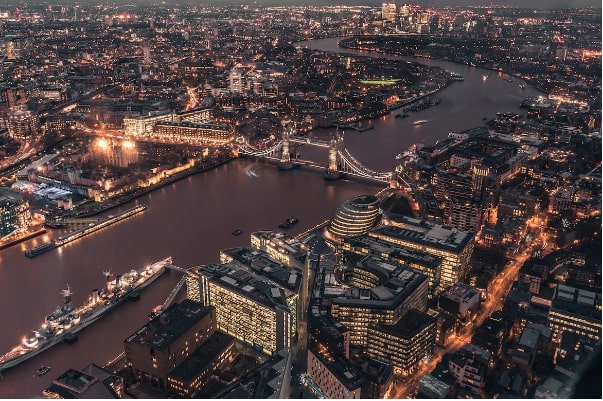
London’s naming history is… very puzzling. Note that the first major settlement was founded by the Romans around 50 AD.
Based onthis, London came from “Londinium”, which was coined by the Romans. Unfortunately, if we go by this origin, it doesn’t help much, since “Londinium” just means “in London”. Circular much, anyone?
Some say it’s from a pre-Celtic Old European word instead. “Plowonida”, meaning “river too wide to ford” (which is probably because of the River Thames).
Recently, however, scholars say that it comes from a Celtic derivative of the root word “lend”, which means “to sink” and “-injo” or “-onjo-”, which is used to form the names of places.
25. London has the most billionaires in the world.
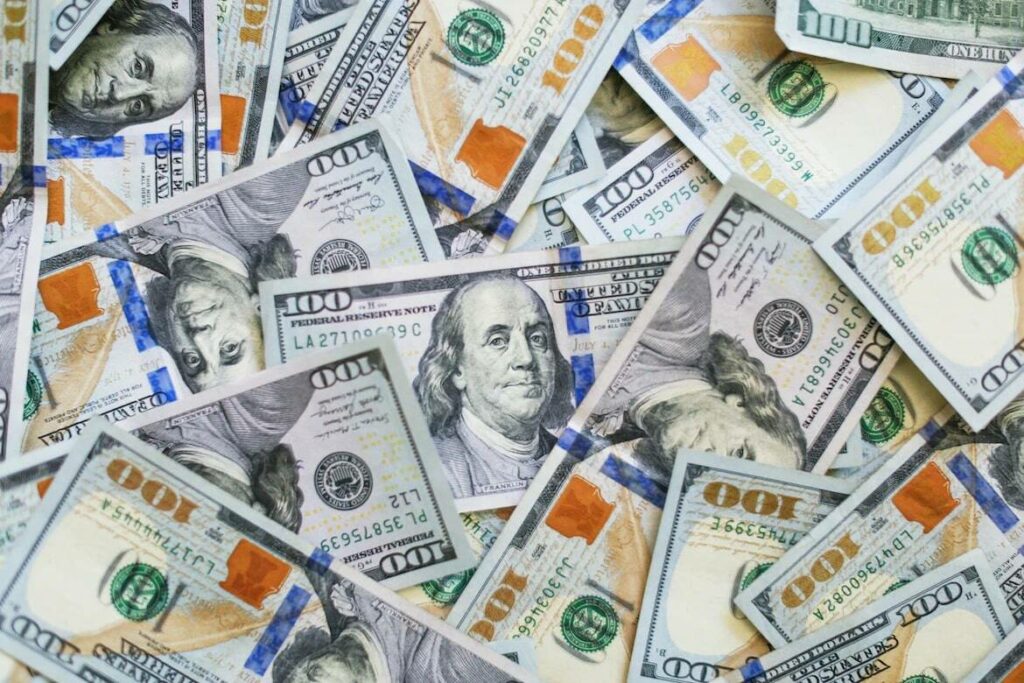
More than 80 billionaires call London their home, making it the city with the most billionaires in the world. That’s also about 80% of all the billionaires in the United Kingdom, by the way.
That concludes our article on the best facts we found about London. Did we miss out on any?
Let us know! We’d love to hear from you.

